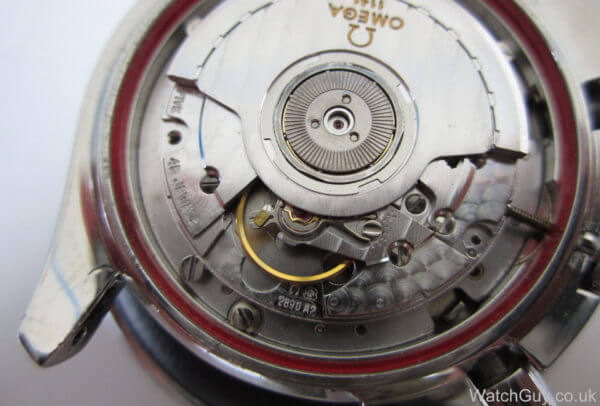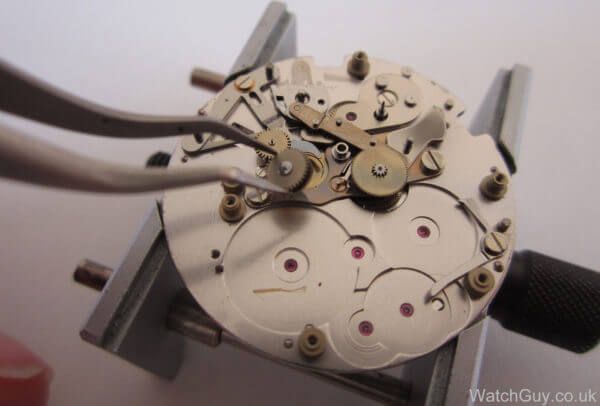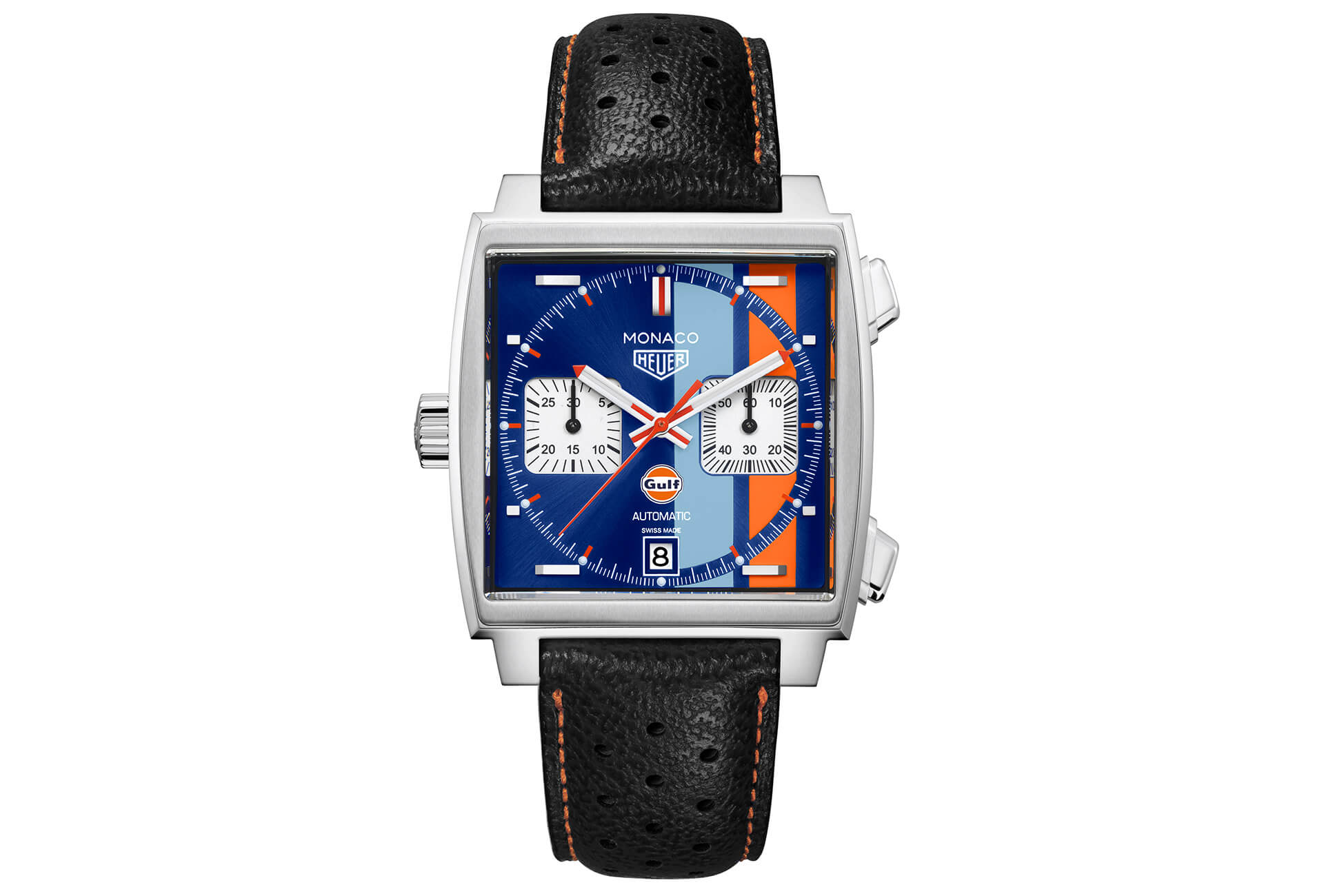Watch companies love them as an easy, no-nonsense solution for smaller manufacturers, those trying to keep costs down or that simply want options. Watchmakers generally hate them because they are difficult to service, with all the wheels, springs and levers sandwiched between two hefty plates. “They” are the Dubois Dépraz chronograph module.

The company was founded in its original form back in 1901 by Marcel Dépraz, and quickly grew to include many members of his family. The firm worked steadily, but it was in 1983 that its breakthrough came: the birth of the Dubois Dépraz calibre 2000, better known as the chronograph module. Though seldom mentioned, countless watches we know and love today would not be here without it.
Un chronographe modulaire dépend d’un mouvement de base sans lequel il ne peut absolument pas fonctionner.
What is a module?
So what makes this little movement so unique? A traditional integrated chronograph has all components working together as a movement that is designed as one, with parts from the base movement directly interacting with the chronograph mechanism. In the case of a modular chronograph, power is transferred from the base movement to the module via a single wheel connected to the center seconds wheel of the base movement, which acts as a “host” to the module. It isn’t just the chronograph complication that runs through the module though; the regular timekeeping hands are also geared through the module and run directly off that. Interestingly, the host movement doesn’t have to be mechanical; quartz will work, too.

Like most things, the chronograph module has its advantages and disadvantages. As mentioned, their construction makes repairing them a fiddly job. On the other hand, they give watch companies across Switzerland the possibility to propose a chronograph they wouldn’t otherwise have been able to produce (the other option would be to buy in an existing integrated chronograph movement such as the ETA 7750, but then production would be entirely out-of-house). The Dubois Dépraz module leaves companies free to use their in-house base movements – most often produced at considerable time and expense on budgets that don’t match those of the huge conglomerates – without the additional cost of having to produce a chronograph as well. Or it could be that a company does have the budget but don’t feel the need: the module offers them a satisfactory alternative.
The list of companies that have made use of the module over the years may come as a surprise. First there are the ones you might expect, such as Anonimo, Raymond Weil, Breitling and Omega. They are the obvious choices as many of their watches use ETA movements as a base. The companies that may surprise you more are the likes of Richard Mille, which houses a module on top of the Vaucher-based RM011 and RM016, and Audemars Piguet which uses the module in the Royal Oak Offshore in tandem with the in-house 3126/3840.
The future of the module
As more and more manufacturers are steering away from ETA and aiming to bring production in-house, we have to wonder what will the future of this relatively unknown giant of the Swiss watch industry be? Let’s take Breitling and Tudor as an example for the future. Tudor have developed their own in-house automatic movement and Breitling have their own in-house chronograph. In a spirit of mutual survival, the two companies have struck a deal whereby Tudor supplies Breitling with automatics and Breitling supplies Tudor with chronographs.
So what can we conclude? That while companies do want to create in-house calibres, this isn’t always possible for a variety of reasons. Personally, the module is by no means my favourite chronograph and certainly not the pinnacle of Haute Horlogerie. But what it does, it does well and I don’t think we will see this pillar of the industry going anywhere anytime soon.
















